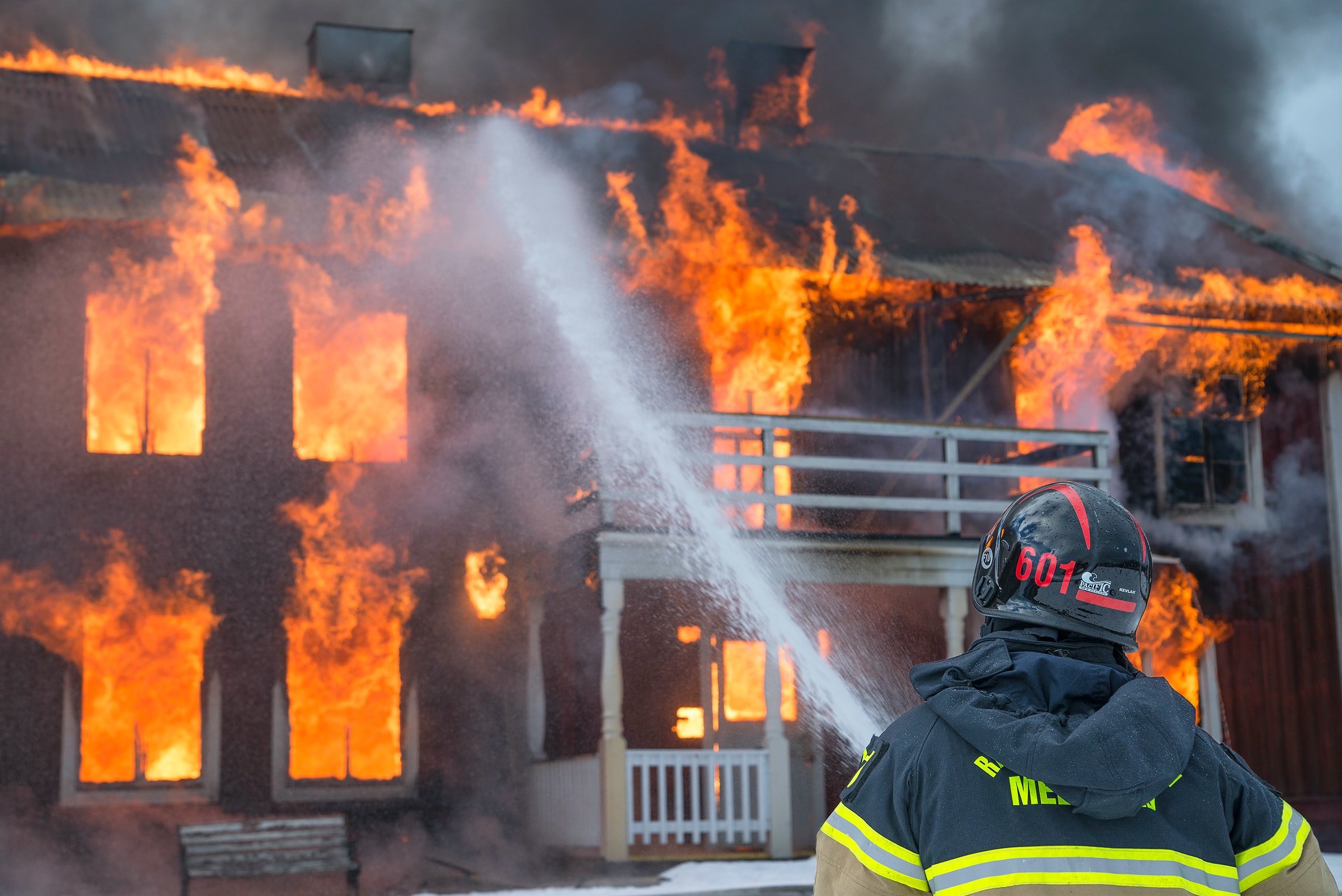
While we’re here for you for all of your smoke and fire damage needs, educating yourself and your family on fire safety may prevent you from having any of these damages at all! Smoke detectors are critical for alerting you of a fire, but once they begin to go off you have only minutes to exit your home—making it really important for you and your family to have a home fire escape plan. With some help from the National Fire Prevention Association (NFPA), we’ve outlined how to make a plan for you and your family.
You’re all in this together!
When sitting down to discuss and map out your plan, make sure everyone in the family is included—including children! It may be helpful to draw out a layout of your home. Discuss and identify at least two ways out of each room (including windows and doors) and mark the location of all smoke alarms on the layout. Side note: be sure that smoke alarms are installed in every sleeping room, outside of each sleeping area, and on every floor of your home.
Pick a meeting point and assign roles
Because you all may be exiting from different areas of the home, it’s crucial to have a meeting point outside so you can assure you’ve all made it out safely. Choose a spot that’s a safe distance from your home. Some examples are a neighbor’s house, light post, or stop sign. If you live with an infant or someone who is elderly or disabled, assign another family member to assist them during the escape. Always remember—once you’re out, STAY OUT! If you think someone is missing, inform the when you call.
Practice makes perfect
Once your plan is in place, it’s time to practice. Ideally, you and your family should practice twice a year, and make the drills as realistic as possible. For example, if there are children in the house, consider practicing after they have fallen asleep, but be sure to let them know they will be awoken for a drill before they go to bed. If there is more than one floor to your home, be sure you practice escaping from the second-floor rooms, too by placing escape ladders in or near windows. Teaching children how to use these ladders is crucial, too!
Of course, try to choose the escape route that is safest (think: the one with the least amount of smoke and heat) but be prepared to escape under toxic smoke if necessary. When running the drill, practice getting low to the ground and crawling under the smoke toward the exit.
You should also be prepared for a situation where you’re unable to escape the house. Practice sealing door cracks with duct tape or towels covering air vents to keep smoke from coming in. If possible, open your windows to let fresh air in and call the fire department to report your exact location. When they arrive, wave a flashlight or light-colored cloth at the window to let them know where you are.
Clear the route
Having your plan in place is great, but it’s important to make sure there are no barriers in your way! When walking through and practicing, be sure the route is clear of furniture, obstructions, toys, decorations, etc. and that all windows and doors can be easily opened and padlocks, security bars, and plastic insulation can easily be removed.
